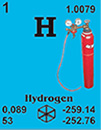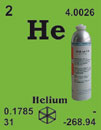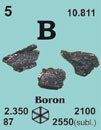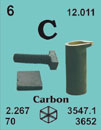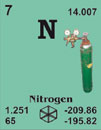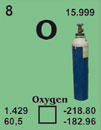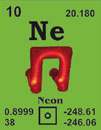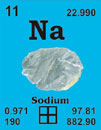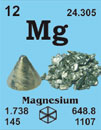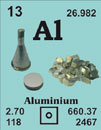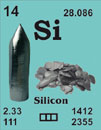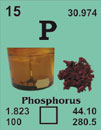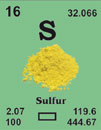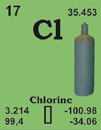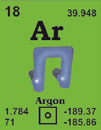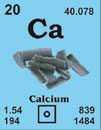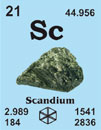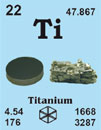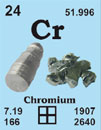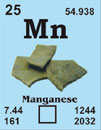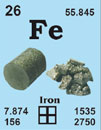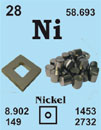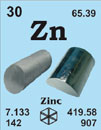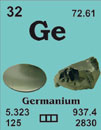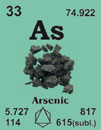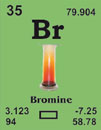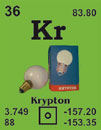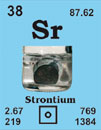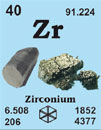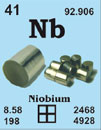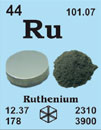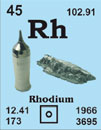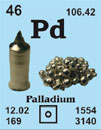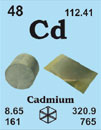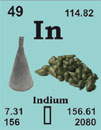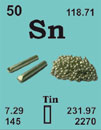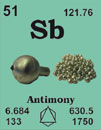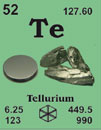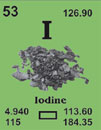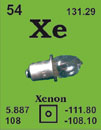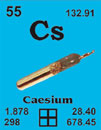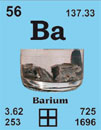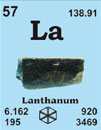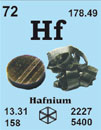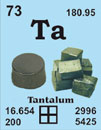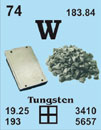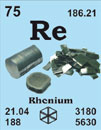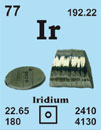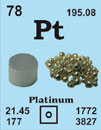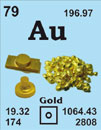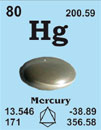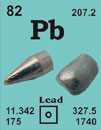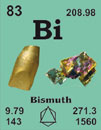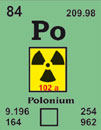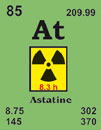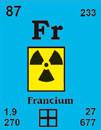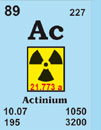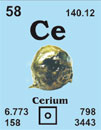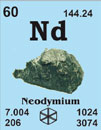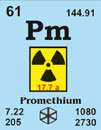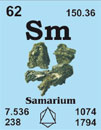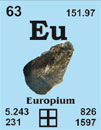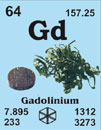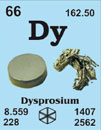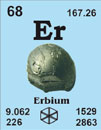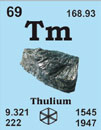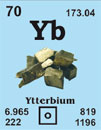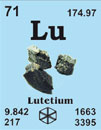& Kristalle GmbH

-
 English
English
-
 Deutsch
Deutsch
Keine Artikel
Gesamt zzgl. MwSt.
Rubidium (Rb)
Wir sind führender Hersteller und Lieferant von Forschungsmaterialien
Rubidium 37Rb85.4678
1861 von R.W. Bunsen und G. Kirchhoff an der Universität Heidelberg, Deutschland, entdeckt.
[Lateinisch, rubidius = dunkelrot]
French: rubidium
English: rubidium
Italian: rubidio
Spanish: rubidio
Beschreibung: Sehr weiches Metall, frische Schnittflächen sind glänzend silberweiß. Entzündet sich an Luft und reagiert heftig mit Wasser. Außer in der Forschung wenig verwendet.
Further Materials properties
| Crystal structure: |
(cell dimensions/pm), space group, |
|---|---|
| X-ray diffractions mass absorption coefficients: | CuKa 117 (µ/r) / cm2g-1 MoKa 90 (µ/r) / cm2g-1 |
| Neutron scattering length: | 0.709 b/10-12 cm |
| Thermal neutron capture cross-section: | 0.38 sa / barns |
| Density: | 1532 kg/m-3 [293 K]; 1475 [liquid at m.p.] |
| Melting point: | 39.05°C / 312.2°K |
| Boiling point: | 687.85°C / 961°K |
| Molar volume: | 55.79 cm3 |
| Thermal conductivity: | 58.2 [300 K] W m-1K-1 |
| Coefficient of linear thermal expansion: | 90 x 10-6 K-1 |
| Electrical resistivity: | 12.5 x 10-8 [293 K] Ωm |
| Mass magnetic susceptibility: | +2.49 x 10-9(s) kg-1m3 |
| Radi: | Rb+ 149; atomic 247.5; van der Waals 244 |
| Electronegativity: | 0.82 (Pauling); 0.89 (Allred); 2.34 eV (absolute) |
| Effective nuclear charge: | 2.20 (Slater); 4.98 (Clementi); 6.66 (Froese-Fischer) |
| Number of Isotopes (incl. nuclear isomers): | 30 |
| Isotope mass range: | 75 -> 98 |
Biological data
| Biological role: | Rubidium has no known role; its salts have a stimulatory effect. |
|---|---|
| Toxicity | |
| Toxic intake: | can be toxic by ingestion. |
| Lethal intake: | LD50 (chloride, oral, mouse) = 3800 mg kg-1 |
| Hazards: | Rubidium salts are generally inert, and their toxicity is almost always that of the anion, not of the Rb+. However, in the body, rubidium substitutes for potassium and too much can be dangerous. |
| Level in humans | |
| Blood: | 2.49 mg dm-3 |
| Bone: | 0.1 - 5 ppm |
| Liver: | 20 - 70 ppm |
| Muscle: | 20 - 70 ppm |
| Daily dietary intake: | 1.5 - 6 mg |
| Total mass of element in average [70 kg] person: |
680 mg |
Geological data
Minerals: No minerals as such are known, but rubidium is present in significant amounts in lepidolite (see lithium), pollucite(see caesium) and carnallite (see potassium).
| World production: | n.a. |
|---|---|
| Reserves: | n.a. |
| Specimen: | available as ingots in sealed ampoules. Danger! |
| Abundances | |
|---|---|
| Sun: | 400 (relative to H = 1 x 1012) |
| Earth's crust: | 90 ppm |
| Seawater | 0.12 ppm |
| Residence time: | 800 000 years |
| Classification: | accumulating |
| Oxidation state: | I |
Source: Emsley, J. (1998) The Elements (3rd Edition)
Other sizes and specifications on request
Übersicht der Elemente mit Zugang zu unserem Shop
Fax: +49 (0) 2461 - 9352 - 11

